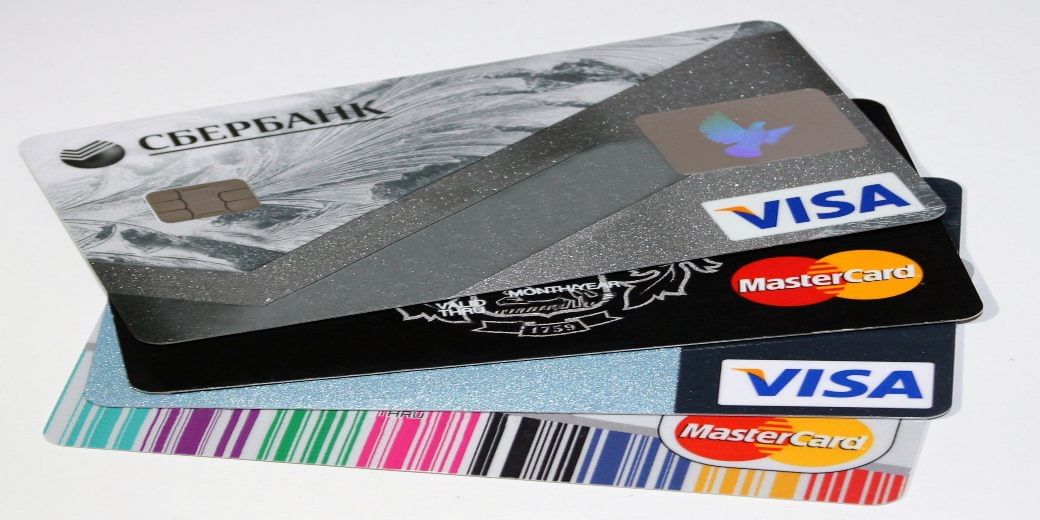Sharp rise in credit card defaults in FY23
The RBI has been alerting banks to be cautious while extending loans to this segment of borrowers. Usually, credit cards are issued after assessing the creditworthiness of an individual since it an unsecured loan.

If credit card booms, can defaults be far behind? Romantic poet P B Shelley’s famous line – If winter comes, can spring be far behind? – seems to be returning in a new avatar to haunt the policymakers of the country. Quoting Reserve Bank of India data The Indian Express has reported that gross non-performing assets ballooned from Rs 3,122 crore in FY22 to Rs 4,073 crore in FY23 – a rise by 30.46%.
The RBI has, incidentally, issued statements cautioning the banking industry about the rise of unsecured loans in the system. Credit cards constitute one of the instruments in mass circulation that can generate unsecured loans for the banking ecosystem.
The RBI has been alerting banks to be cautious while extending loans to this segment of borrowers. Usually, credit cards are issued after assessing the creditworthiness of an individual since it an unsecured loan, which basically means loans are given without keeping any asset as collateral.
Data from the central bank showed that the total credit card outstanding amount at the end of FY23 stood at Rs 1.94 lakh crore as against Rs 1.48 lakh crore at the end FY22 – a rise of more than 31%. The number of credit cards, too, rose 13.4% from 7.52 crore at the end of March 2022 to 8.53 crore at the end of March 2023.
RBI also informed the newspaper in the RTI that the gross non-performing ratio to receivables in credit cards in the banking industry stood at 2.02% in FY23.
RBI had flagged the credit card business in its financial stability report too. The central bank said that there was an improvement in asset quality of personal loans but the receivables from credit card accounts rose in FY23. This report also revealed that in FY23 the gross non-performing assets of PSU banks in credit cards was as high as 18%, while for private sector banks, it was almost one-tenth – at 1.9%. For foreign banks, it was a tad lower at 1.8%.
The RBI’s hackles could be raised by the revelation in the financial stability report that the share of unsecured retail loans rose from 22.9% to 25.2% in the banking industry while the share of secured loans went down from 77.1% to 74.8% in FY23 compared to a year ago.
Incidentally, a credit card account is said to turn NPA if the minimum amount payable is not paid to the bank 90 days after the due date. It is dangerous to skip this payment beyond the 90 days deadline since it drives down the credit score of the card user, impacting his ability to get loans in future.
Credit card users are usually billed monthly with a specified date for repayment. Consumers generally get the option of making the full payment or paying a minimum amount and keeping aside the rest to be paid in the subsequent cycles.
Credit card defaults are extremely expensive for the user with banks charging them 38-42% on the outstanding dues for the applicable period of non-payment.